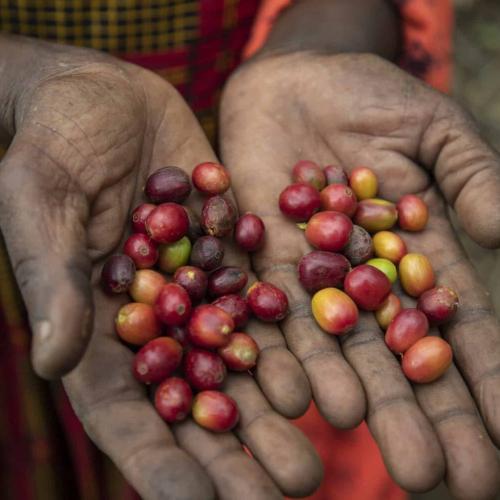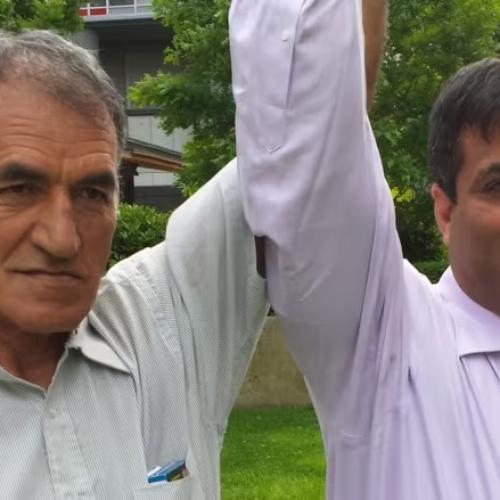Related Stories
Death and redemption in an American prison
Key Excerpts from Article on Website of NPR

Posted: February 26th, 2024
https://www.npr.org/sections/health-shots/2024/02/19/1231119...
When Garner entered the gates at Louisiana State Penitentiary in Angola, Louisiana, he didn't know what to expect. The maximum security facility has been dubbed "America's Bloodiest Prison" and its brutal conditions have made headlines for decades. It wasn't until five years later that Garner would get his chance to show everyone he wasn't the hardened criminal they thought he was. When the prison warden, Burl Cain, decided to start the nation's first prison hospice program, Garner volunteered. In helping dying inmates, Garner believed he could claw back some meaning to the life he had nearly squandered. For the next 25 years, he cared for his fellow inmates, prisoners in need of help and compassion at the end of their lives. The Angola program started by Cain, with the help of Garner and others, has since become a model. Today at least 75 of the more than 1,200 state and federal penal institutions nationwide have implemented formal hospice programs. The volunteers [in Angola] were issued hospice T-shirts that allowed them free movement through the prison. The primary rule of the hospice program was that no one would die alone. When death was imminent, the hospice volunteers conducted a vigil round-the-clock. The program used medications ... for the palliative care of patients, though the inmate volunteers were not allowed to administer them. The hospice volunteers ... functioned as confidants, giving dying inmates a last chance to get something off their chest.
Note: Explore more positive stories like this in our comprehensive inspiring news articles archive focused on solutions and bridging divides.
Related Stories
Top Inspiring News Articles
Top Inspiring News Articles from Years Past























































































